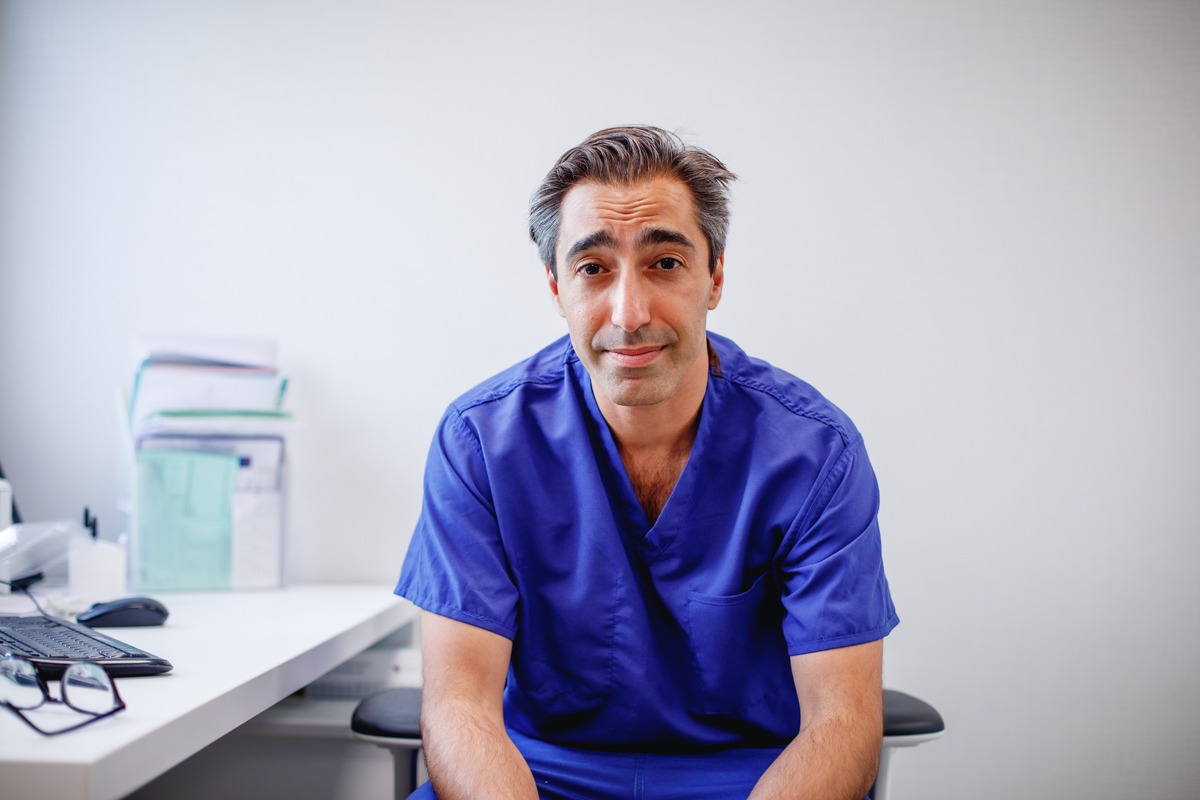HIP
Conditions Diagnosed & Treated
Below is an outline of some of the major paediatric orthopaedics disorders that we specialise in, but typically most paediatric orthopaedic conditions that warrant a specialist referral can be successfully investigated through our team. If your child is suffering from any orthopaedic or sport issue and are looking for definitive medical support then please let us know.

Common Paediatric Conditions
Developmental Dysplasia of the Hip
Screening at Infancy: Developmental Dysplasia of the Hip (DDH) is often screened for in infants, typically during the first few weeks of life through routine check-ups, employing tests like the Ortolani and Barlow tests, and sometimes ultrasound if needed.
Monitoring: When DDH is suspected or detected, close monitoring of the child’s hip development takes place, involving repeated physical exams, imaging (ultrasound or X-rays), and ongoing assessment of hip stability as the child grows.
Treatment: Treatment for DDH in infants varies based on severity. Milder cases may resolve naturally as the child grows, while more severe cases may require treatment such as the Pavlik Harness, a Hip Spica Cast, or surgery for repositioning the hip joint. Early detection and intervention are vital for ensuring normal hip joint development.
Perthes
Perthes disease, also known as Legg-Calvé-Perthes disease, is a childhood hip disorder characterised by disrupted blood supply to the femoral head, leading to hip joint problems in paediatric patients.
SCFE- Slipped Capital Femoral Epiphysis
Slipped Capital Femoral Epiphysis (SCFE) is a paediatric hip disorder characterised by the displacement of the femoral head from the hip joint’s normal position.
Limping Child
- Transient synovitis is a common hip condition in children that usually resolves on its own.
- Septic hip is a serious infection of the hip joint that requires prompt medical attention in paediatric patients.
- Leg length discrepancy can affect a child’s posture and walking and may need to be addressed with appropriate measures.
Fractures and Dislocations
Salter Harris fractures or growth plate injuries
Salter-Harris fractures are injuries to the growth plate area of a child’s bone and are categorised into five types, each varying in severity and impact on future bone growth.
Femoral Fractures
Femoral fractures in children refer to breaks in the femur, the thigh bone. These fractures can occur as a result of significant trauma, falls, or accidents, and may require surgical intervention for proper alignment and healing in paediatric patients.
STRESS fractures
Stress fractures in children occur when a bone is unable to withstand normal stress or load due to weakened bone structure, often seen in metabolic conditions or as result of osteoporosis or as a result of repetitive activities. These fractures can happen in various bones and may require special attention, especially in paediatric patients with underlying medical conditions.
Avulsion Injuries
Rectus Femoris - Anterior Inferior Iliac Spine (AIIS)
The Rectus Femoris muscle attaches to the Anterior Inferior Iliac Spine (AIIS) in the hip joint of paediatric patients.
Sartorius - Anterior Superior Iliac Spine (ASIS)
The Sartorius muscle attaches to the Anterior Superior Iliac Spine (ASIS) in the hip joint of paediatric patients.
Hamstring - Ischial Tuberosity
The hamstring muscles attach to the Ischial Tuberosity in the hip region of paediatric patients.
Femoroacetabular Impingement (FAI)
CAM or Pincer lesions
CAM or Pincer lesions refer to abnormalities in the hip joint, often seen in paediatric patients, where there is either an excess of bone on the femoral head (CAM) or the acetabulum (Pincer).
Labral tears
Labral tears in paediatric patients involve damage to the labrum, a ring of cartilage in the hip joint.
Cartilage Injuries
Osteochondral Defects
What some of our patients say
Miss NN
Thank you and please accept my gratitude for a successful knee surgery and overall a very positive experience. This gold medal is for you!
